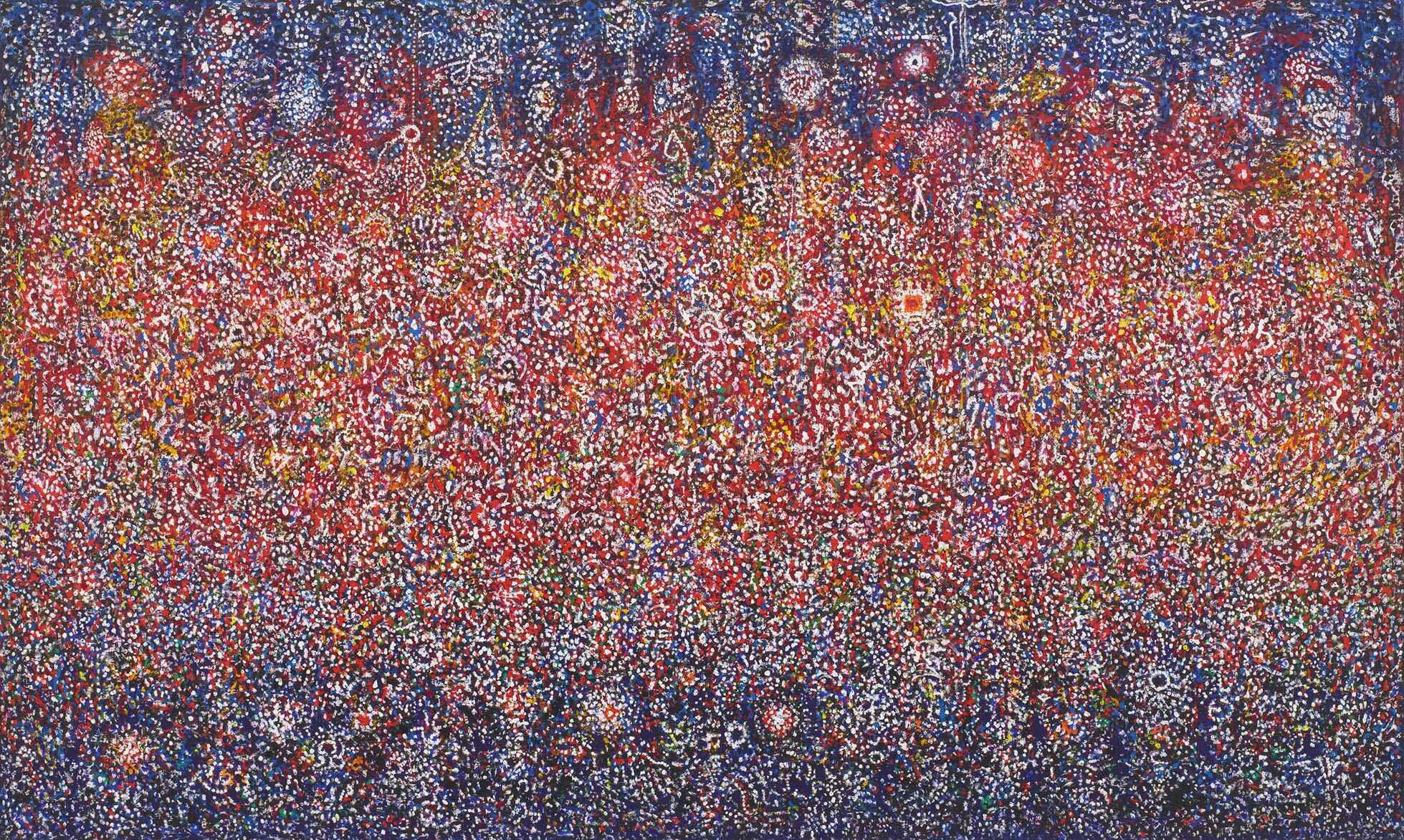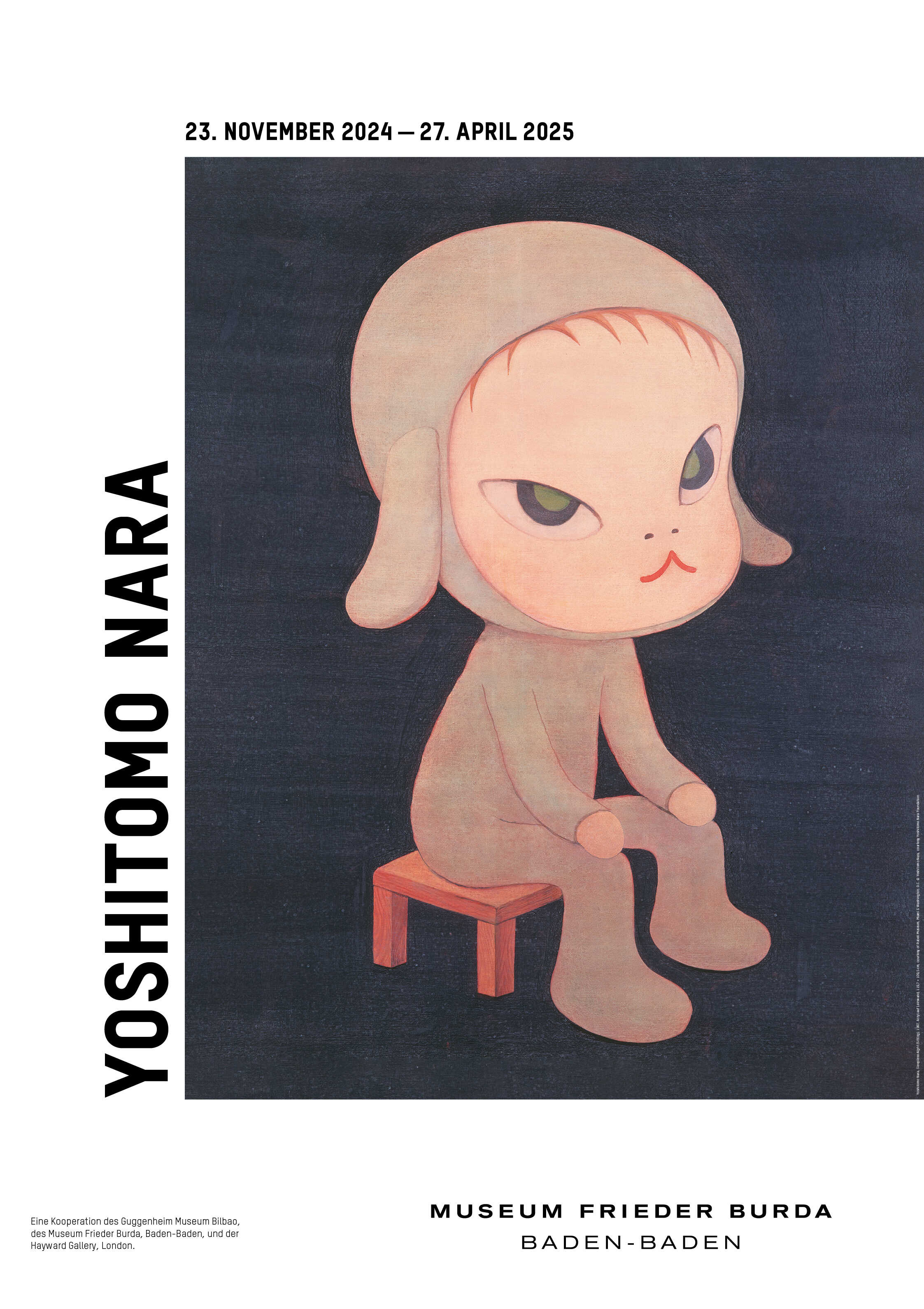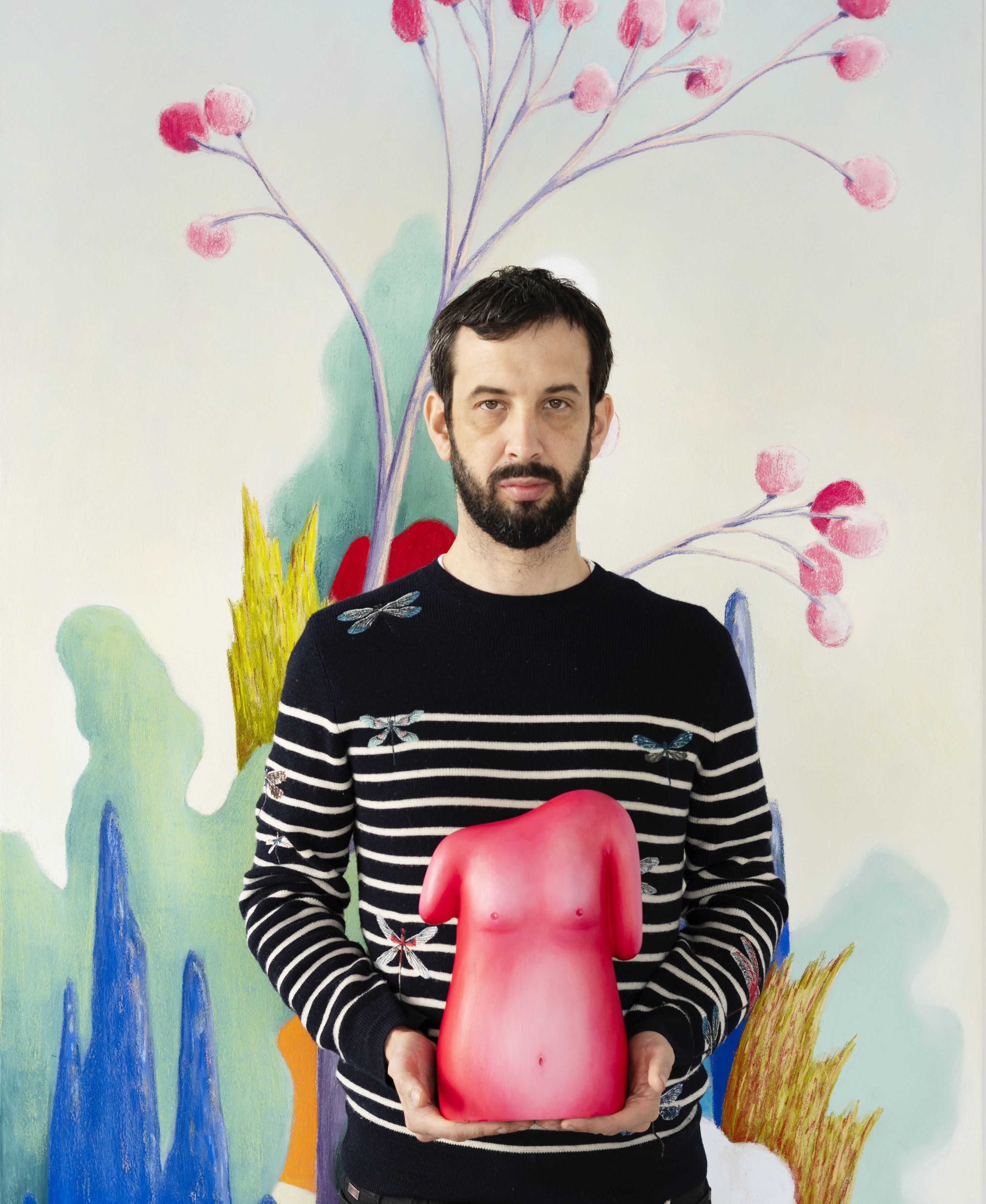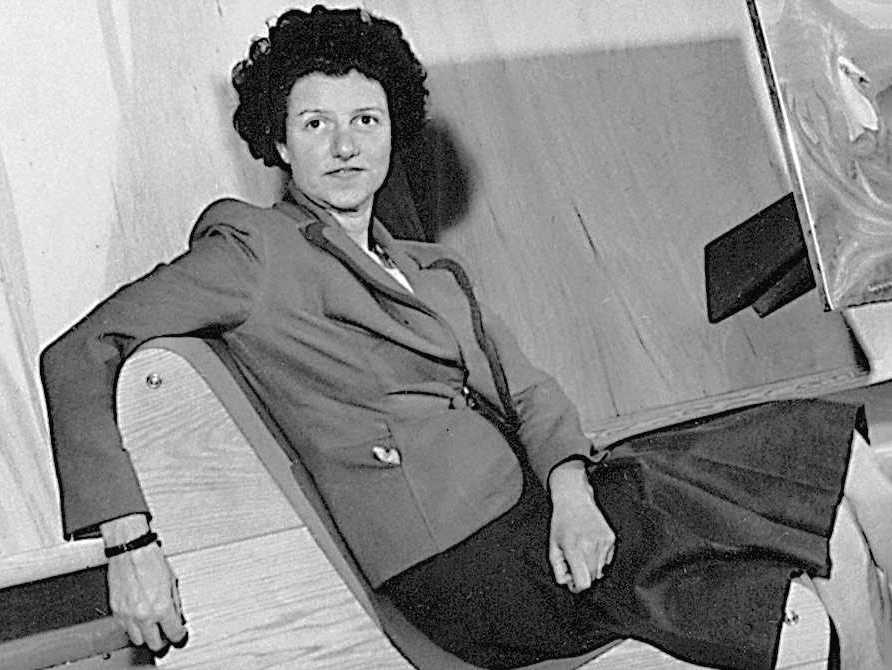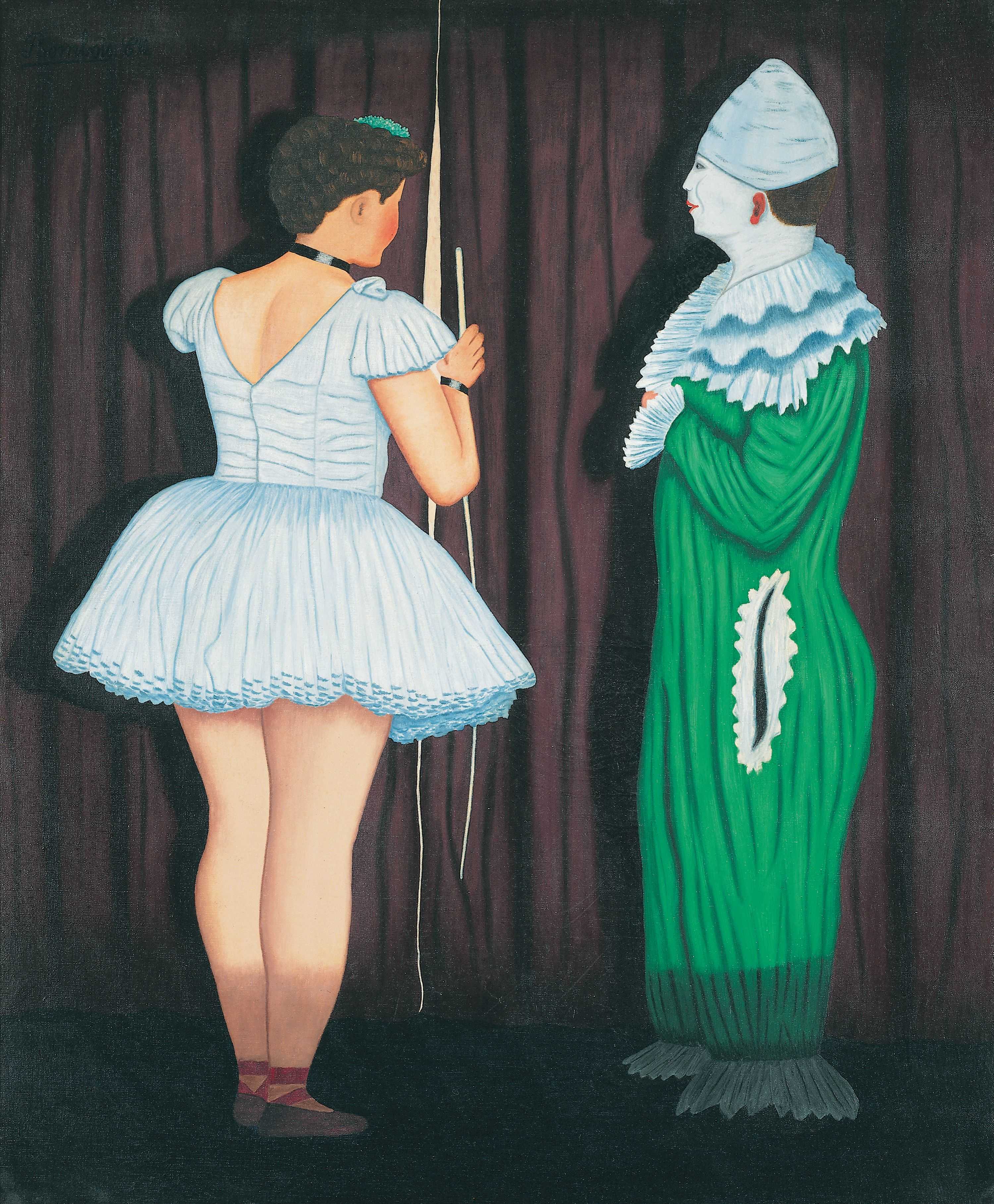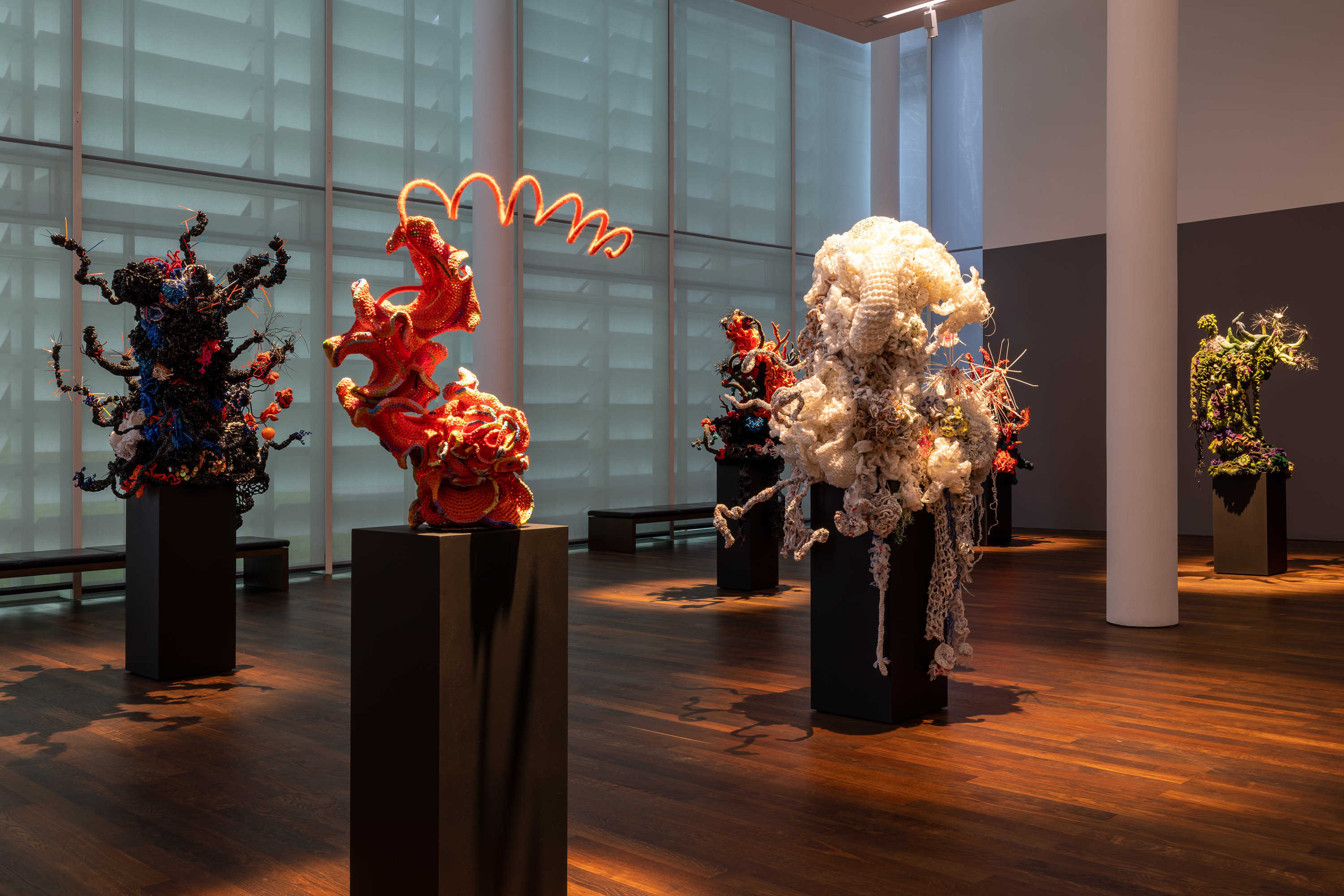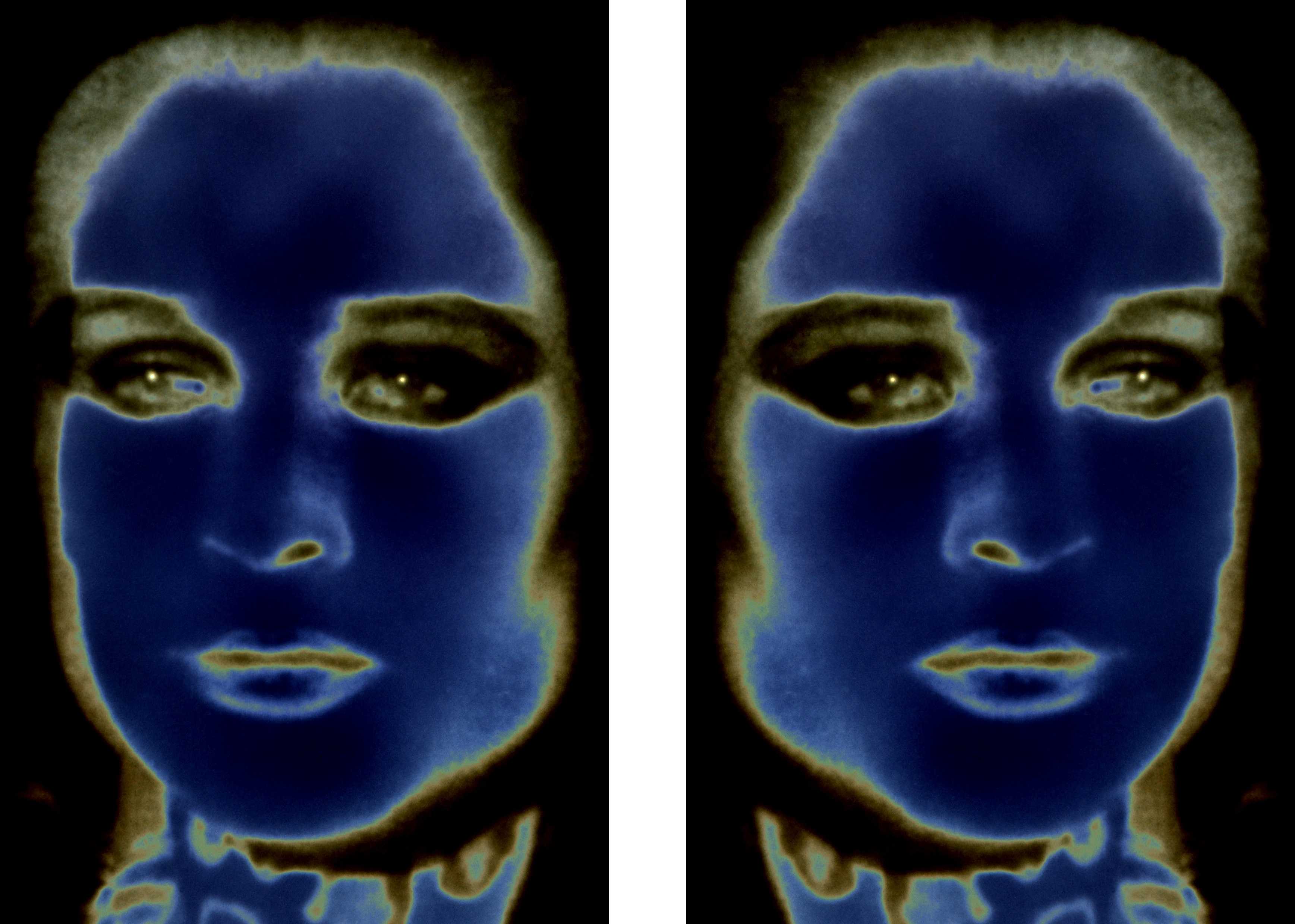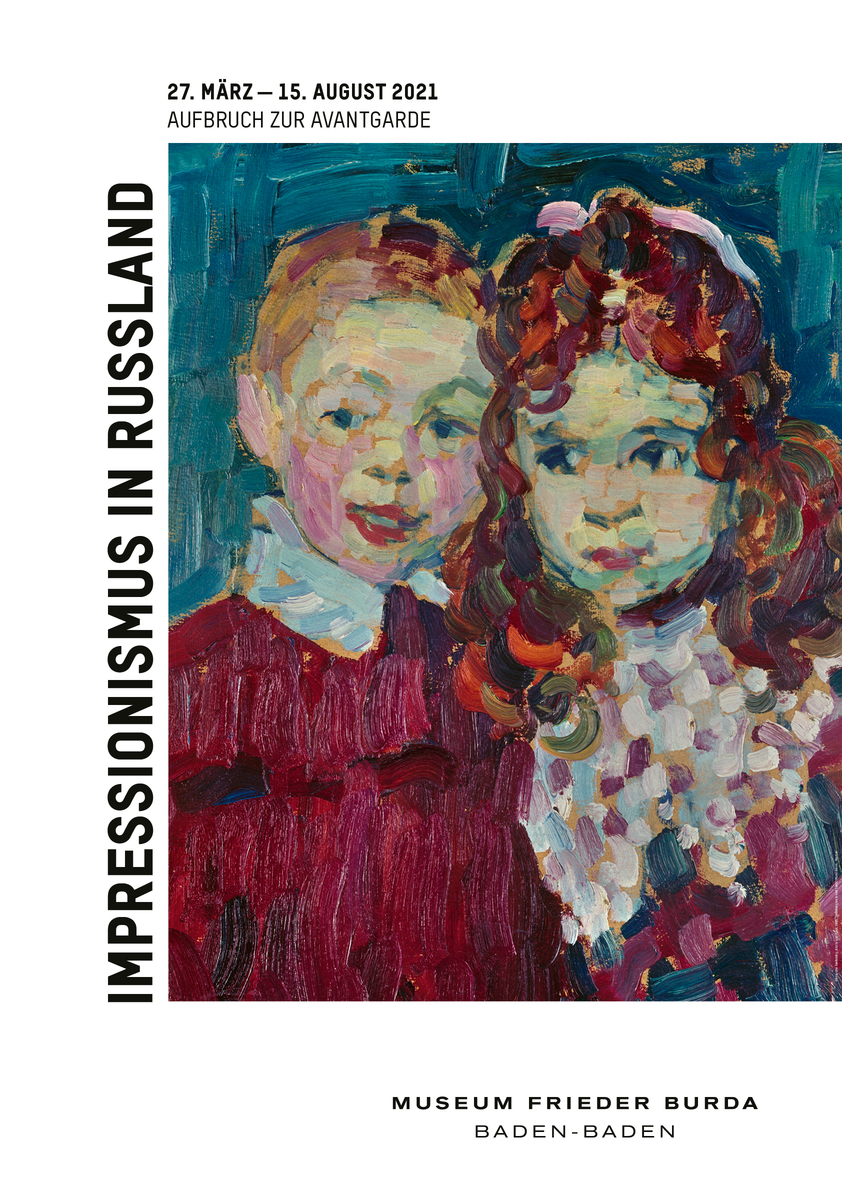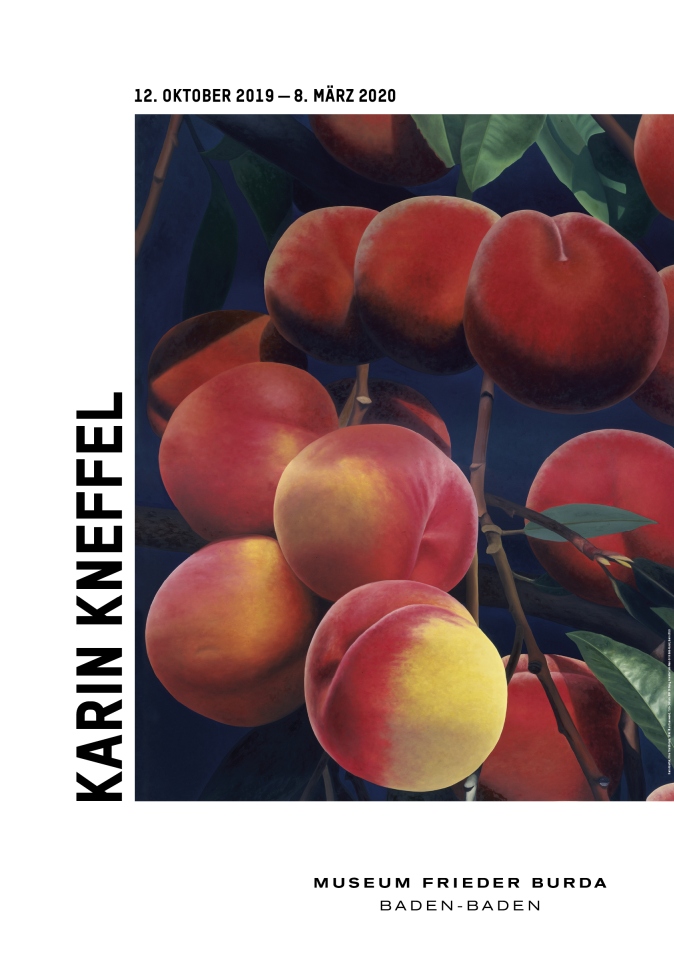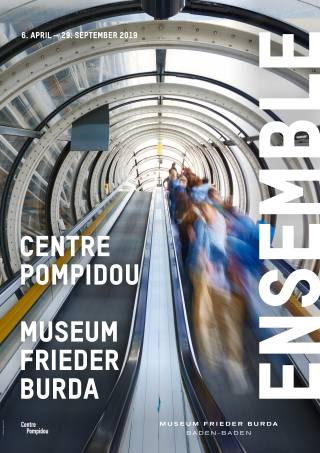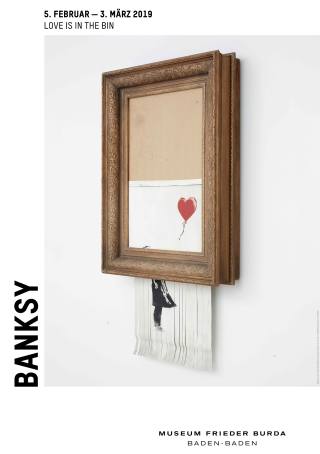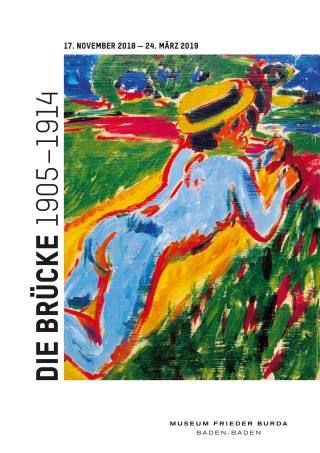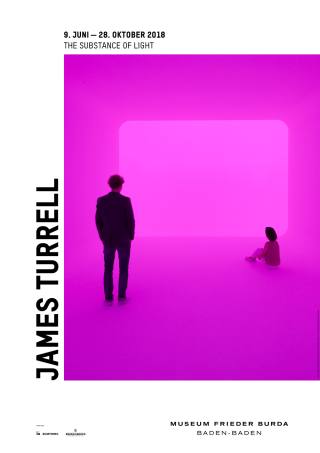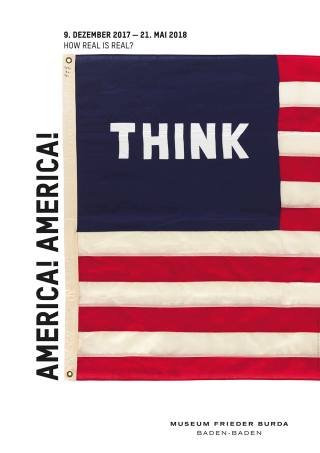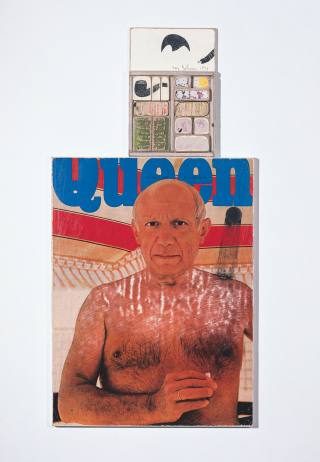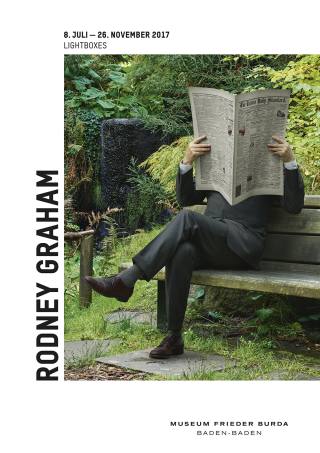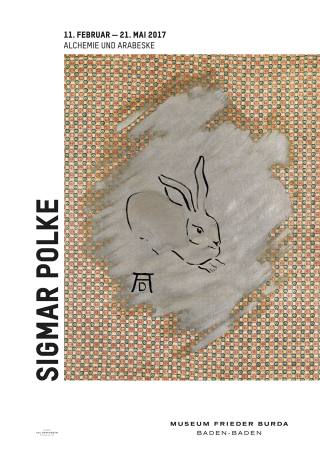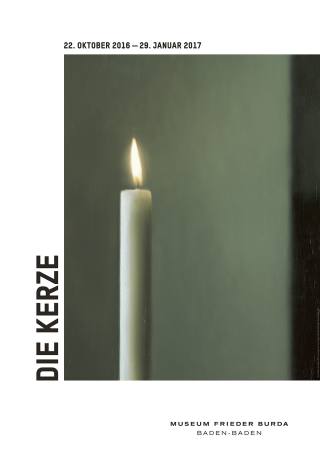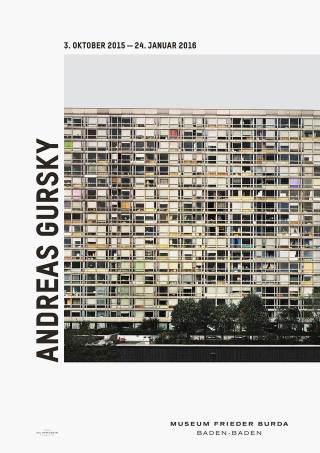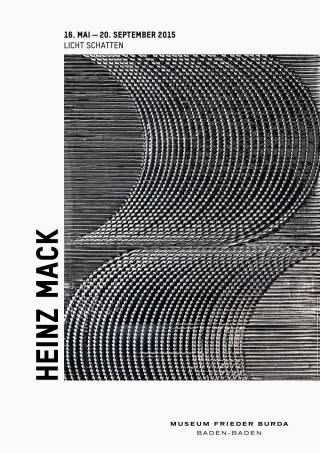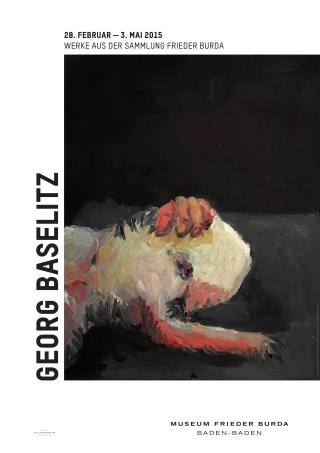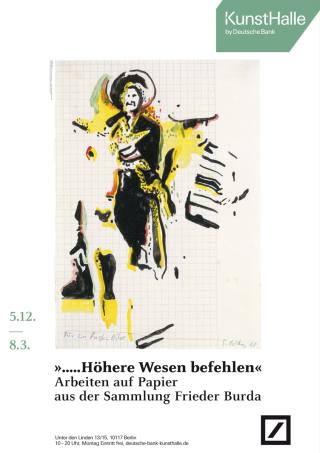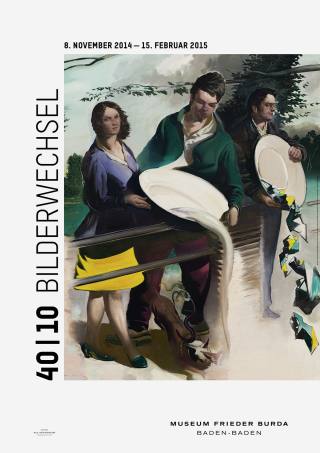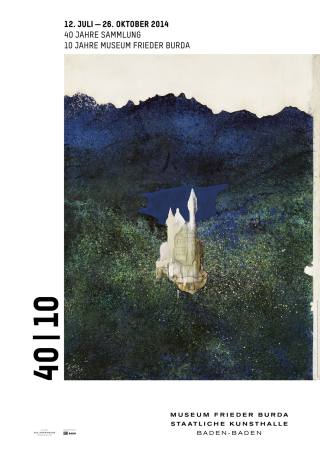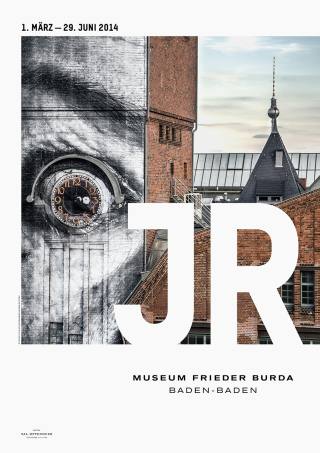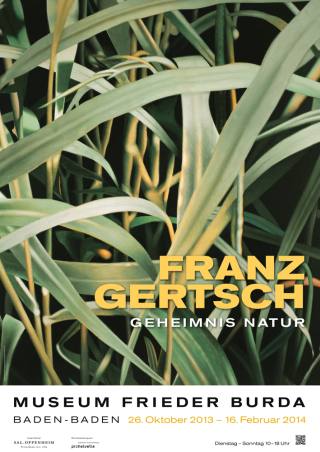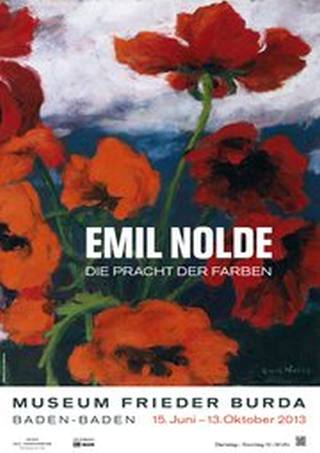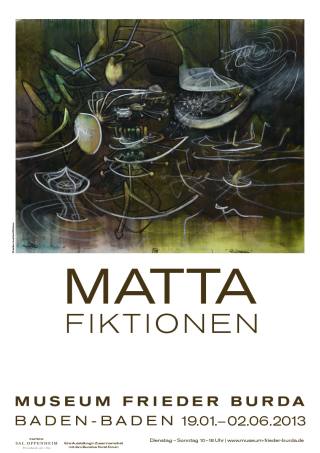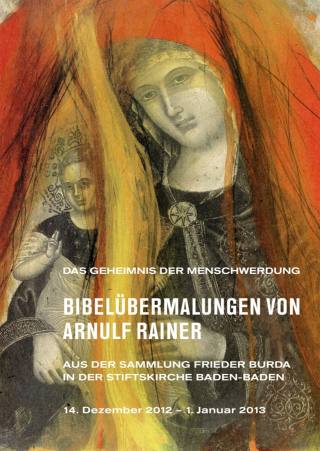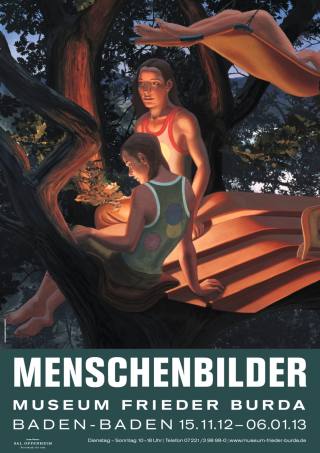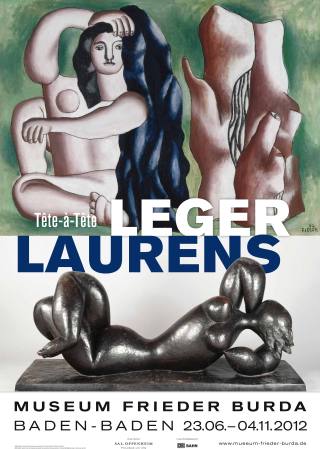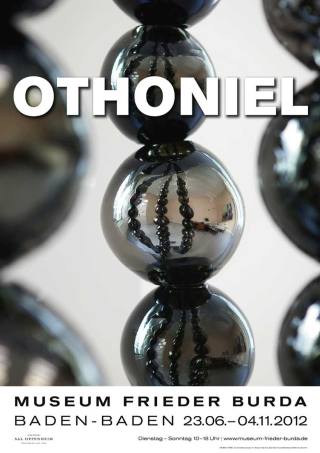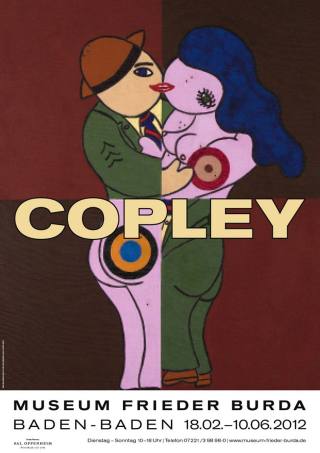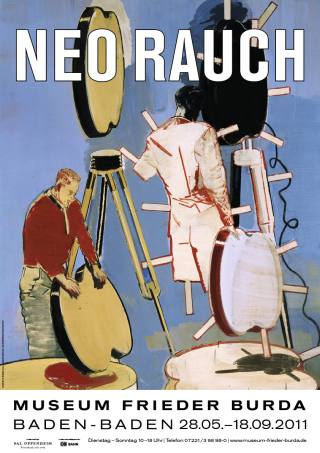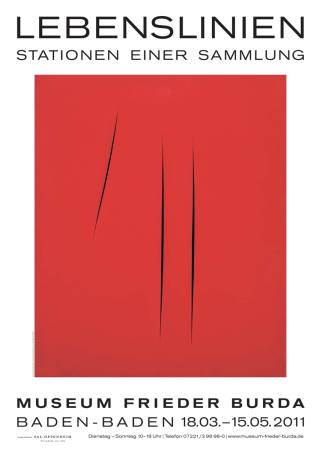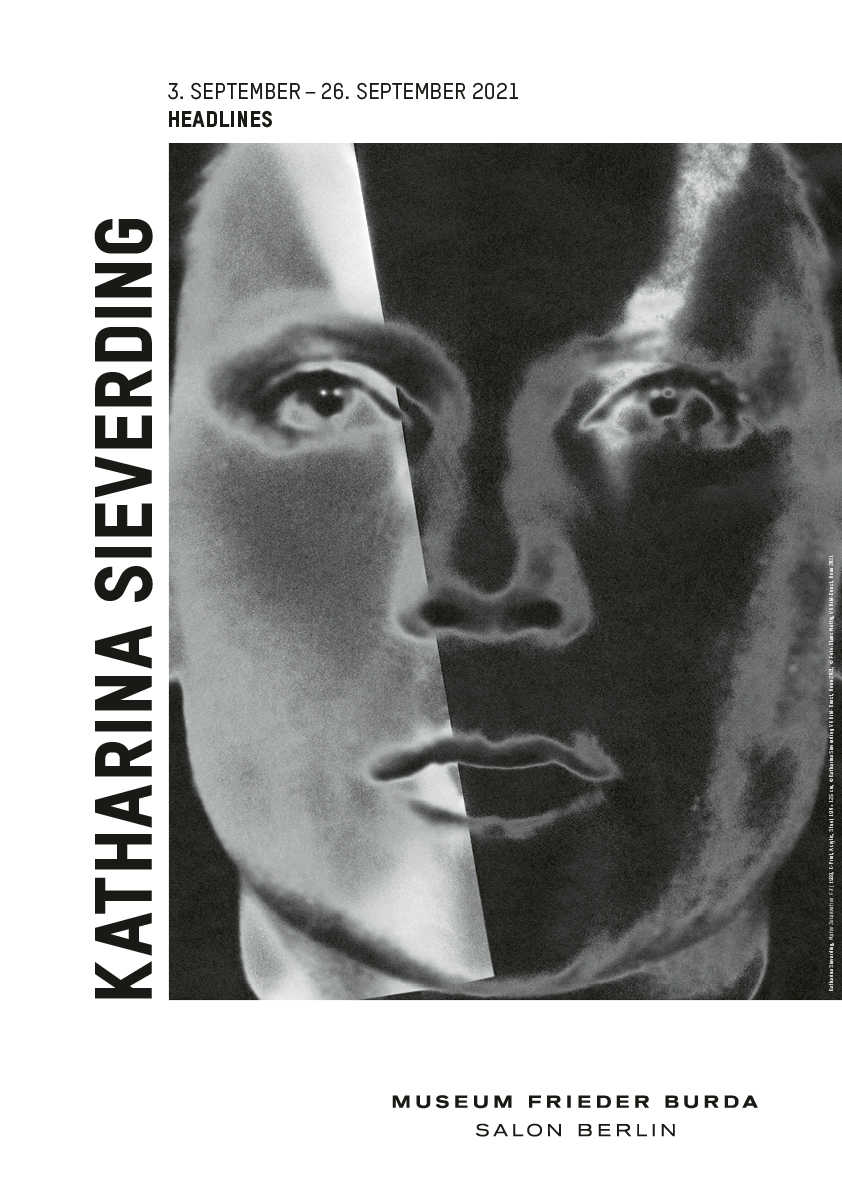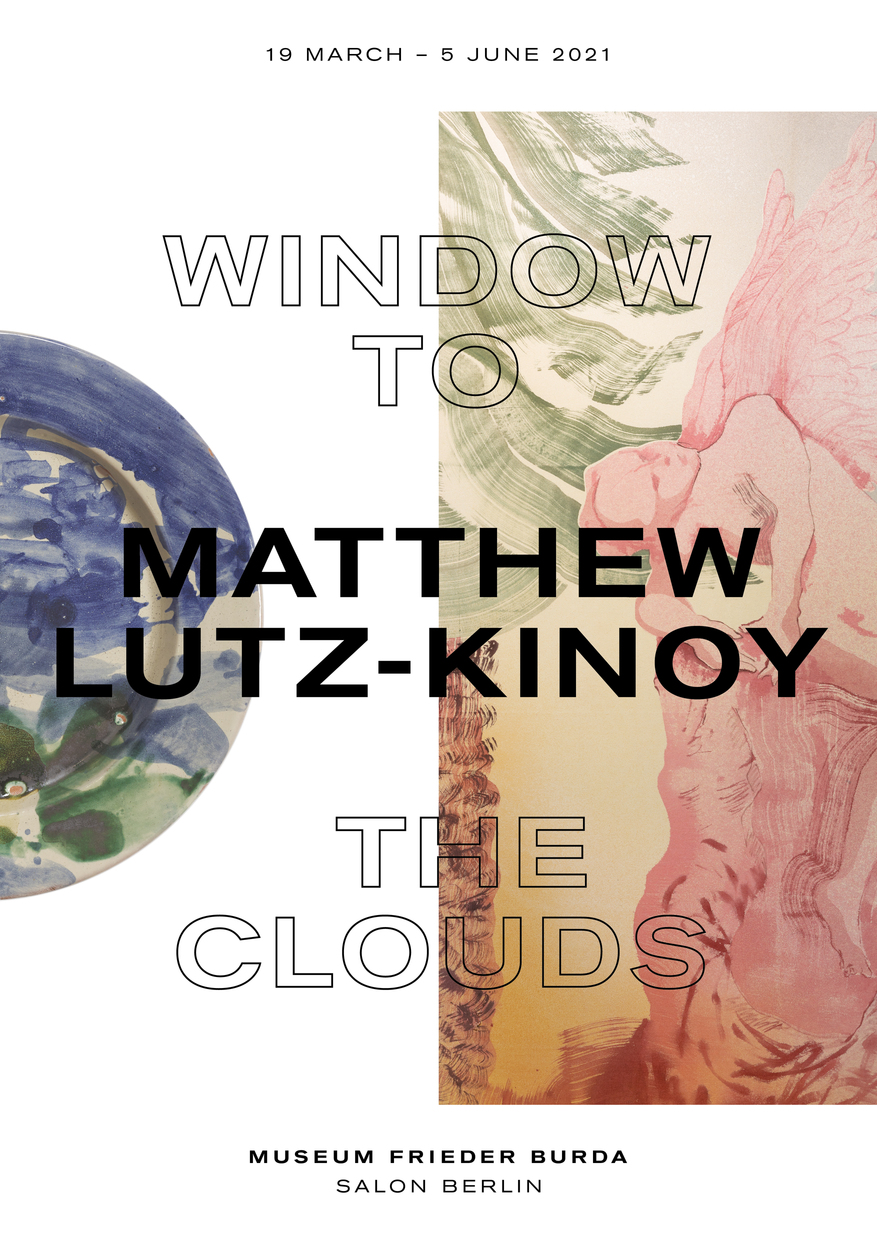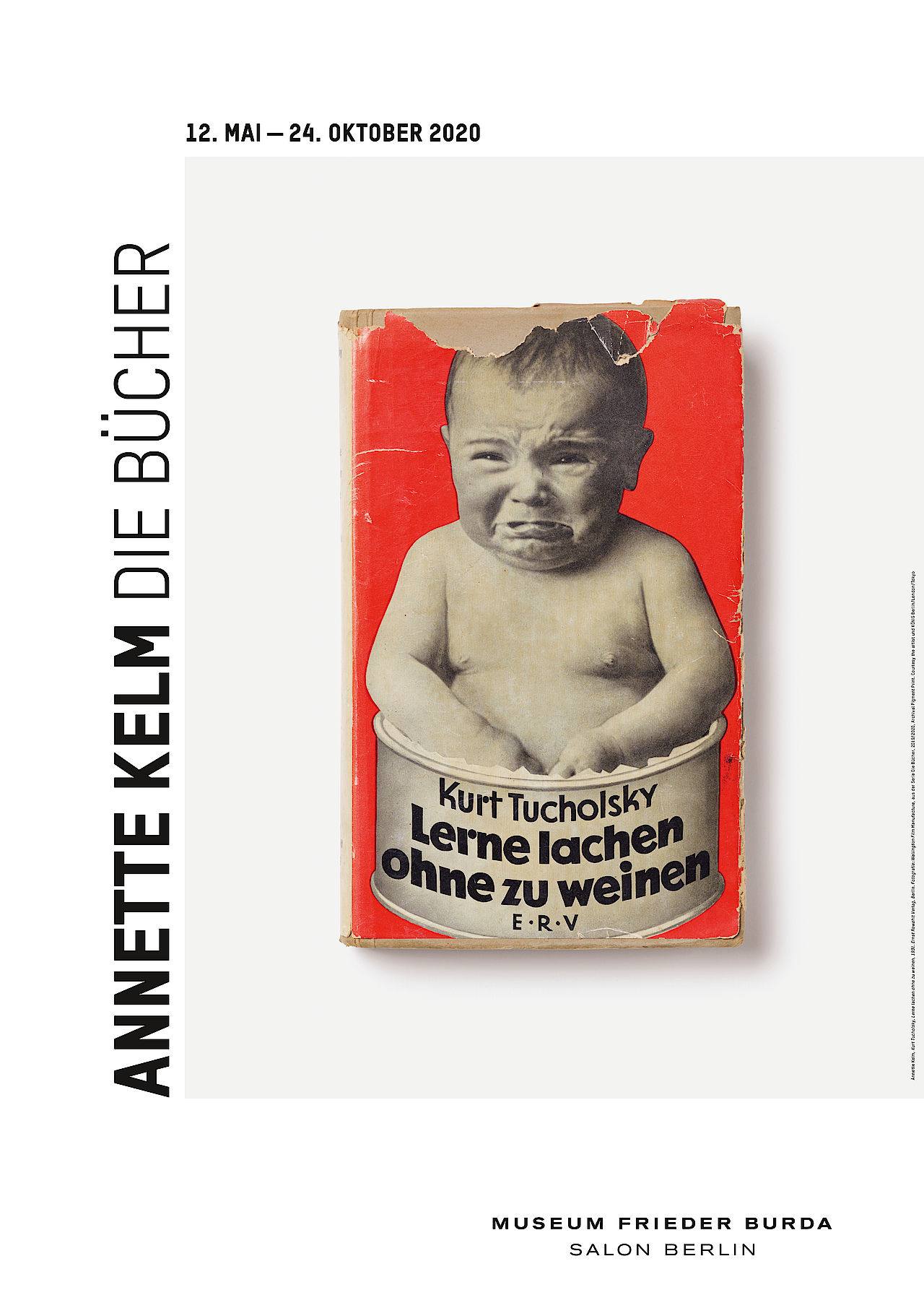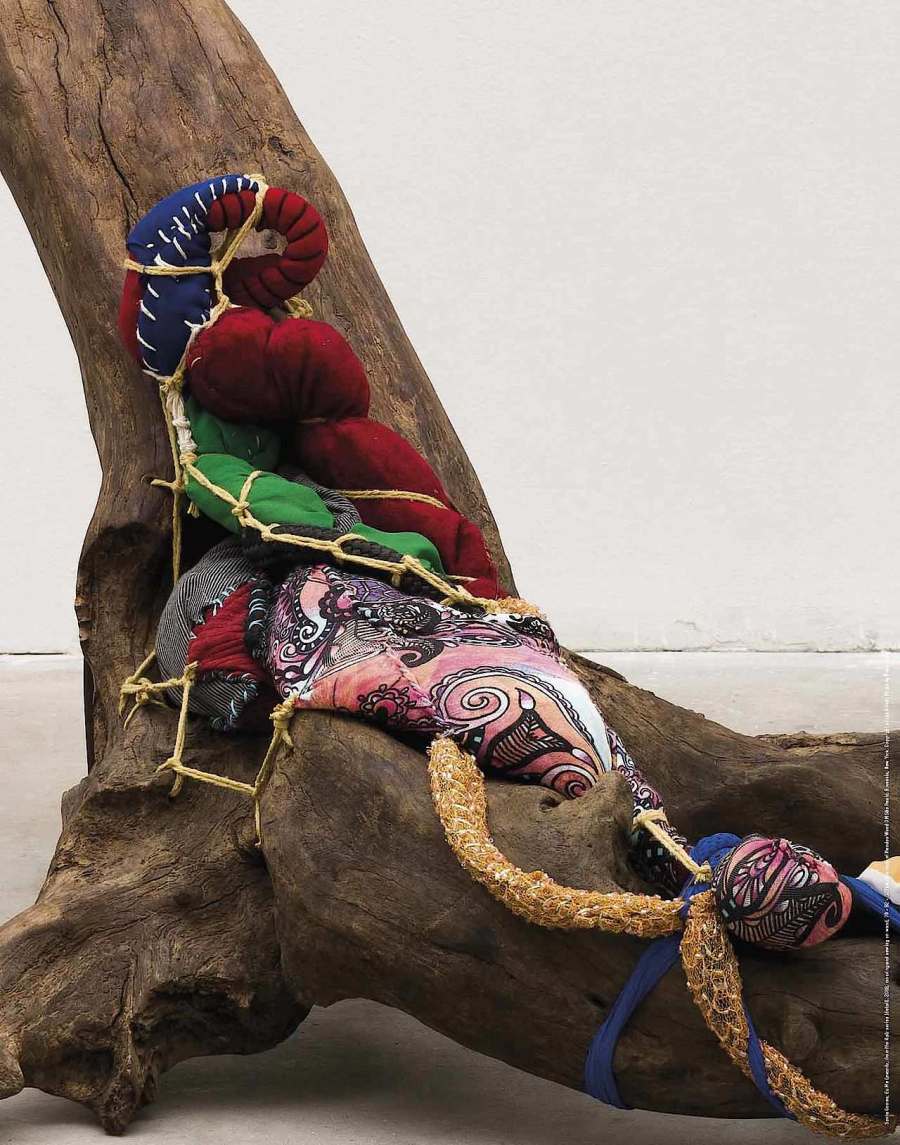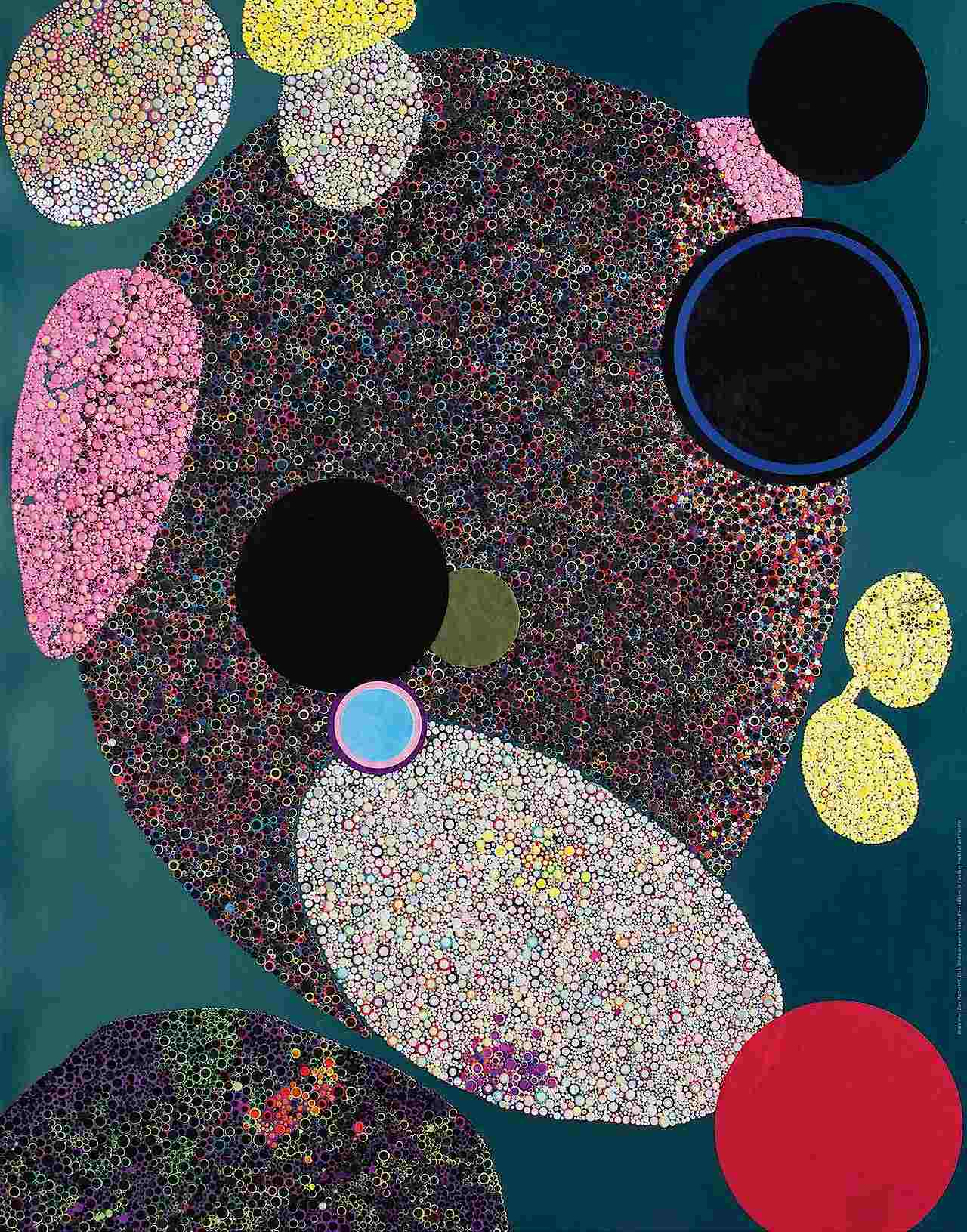Seit der Antike gehört die möglichst detailgetreue Wiedergabe der Natur zu den zentralen Anliegen der Malerei. In der Kunst des 20. Jahrhunderts gibt es keine Bewegung, die diesen Wettstreit mit der Wirklichkeit so programmatisch verfolgt hat wie der amerikanische Fotorealismus. Als Reaktion auf den Abstrakten Expressionismus wandten sich Künstlerinnen und Künstler wie Richard Estes, Audrey Flack, Ralph Goings und Ron Kleemann einer gegenständlichen Malerei zu, die in ihrer Präzision und Bildgewalt mit dem Medium der Fotografie konkurrieren sollte. Banale Motive aus dem amerikanischen Alltagsleben wurden zu Markenzeichen dieser hoch ambitionierten Maler, die die Macht der Bilder nicht im Sujet selbst, sondern in dessen verblüffend illusionistischer Wiedergabe verorteten. Anhand von über 90 ausgewählten Meisterwerken beleuchtet die Ausstellung die Entwicklung der auch als Hyperrealismus bekannten Kunstströmung von den 1960er Jahren bis heute.
Zu den zahlreichen internationalen Leihgebern gehören u. a. das Museo nacional Thyssen-Bornemisza in Madrid sowie das Whitney Museum of American Art in New York. Gezeigt werden Arbeiten von mehr als 30 Künstlerinnen und Künstlern, darunter Werke von John Baeder, Robert Bechtle, Charles Bell, Roberto Bernardi, Tom Blackwell, Robert Cottingham, Don Eddy, Richard Estes, Audrey Flack, Ben Johnson, Ralph Goings, Richard McLean, Malcolm Morley, Ron Kleemann, Karin Kneffel, Gerhard Richter, Raphaella Spence, und Craig Wylie.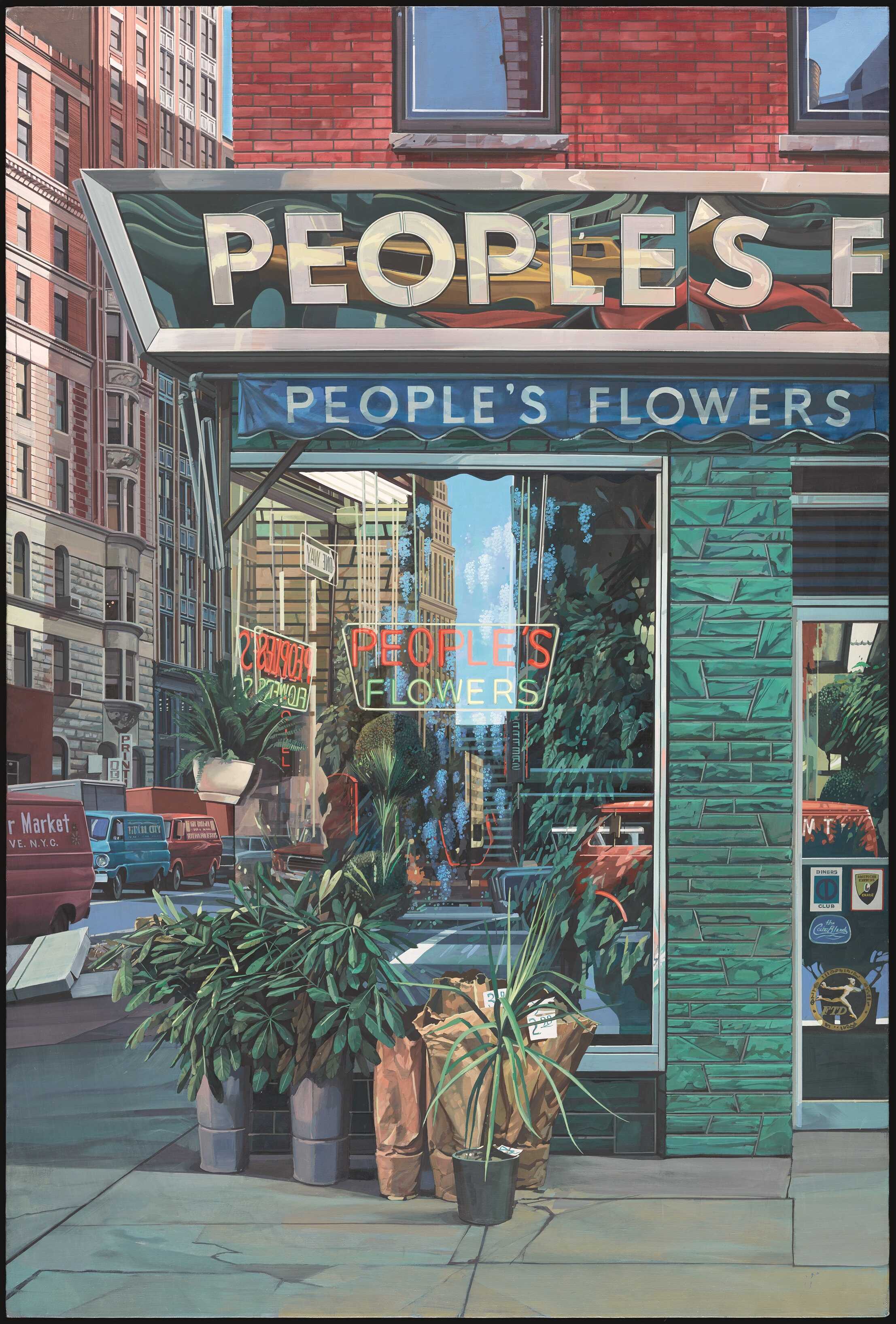
Simon Hantaï (1922–2008) gehört zu den wichtigsten Vertretern der internationalen Nachkriegsmoderne. 1948 emigrierte der ungarische Künstler nach Paris, wo er sich bald im Umfeld der aufstrebenden Avantgarde bewegte. Nach einer ersten surrealistischen Phase wandte er sich in den 1950er Jahren der Malerei des Informel zu und setzte sich zugleich intensiv mit dem Werk Jackson Pollocks auseinander. Das Jahr 1960 markiert einen Wendepunkt in Hantaïs Werk: Von diesem Moment an konzentriert er seine radikal experimentellen Forschungen auf das „pliage comme méthode“ – Werke, in denen er die gefaltete Leinwand mit Öl- oder Acrylfarbe bedeckte, um farbig leuchtende Zufallsmuster zu erzeugen. 1980 wurde Hantaï mit dem Grand Prix National des Arts Plastiques ausgezeichnet, zwei Jahre später war er Repräsentant seiner Wahlheimat auf der Biennale in Venedig. Mit rund 40 teils monumentalen Schlüsselwerken aus vier Schaffensjahrzehnten gibt die Ausstellung in Baden-Baden einen facettenreichen Überblick über das bildgewaltige Schaffen Hantaïs und präsentiert seinen herausragenden Beitrag zur internationalen Nachkriegsabstraktion als ein sinnlich bewegendes Fest der Farbe. Zu den zahlreichen Leihgebern zur Werkschau gehören unter anderem das Musée d’art contemporain de Bordeaux, die Fondation Gandur pour l’Art, Genève, die Fondation Louis Vuitton, das Musée d’art moderne de Paris sowie das Musée d’art moderne et contemporain de Saint-Étienne.
Eine Ausstellung des Museum Frieder Burda, Baden-Baden. Mit großzügiger Unterstützung der Archives Simon Hantaï, Paris.
_1969.jpg)
